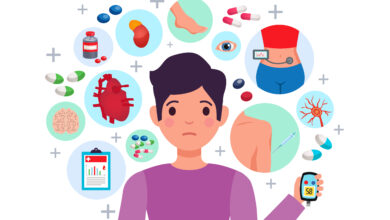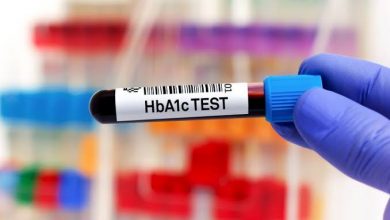Everything you need to know about face masks

Wearing a face mask is an excellent way to prevent the spread of disease. If you wear it correctly, it can shield you from germs and bacteria that make people sick. But there’s more to face masks than meets the eye: P2 face masks can help prevent disease spread only if used properly. Before heading out into public with your mask on, read these tips to make sure it works as intended:
What is a face mask?
A face mask is a piece of personal protective equipment that protects the mouth and nose from disease or illness. It can be made of paper, cloth, or a combination. It’s worn over the mouth and nose when entering an area where airborne pathogens (disease-causing microorganisms) may be present.
To prevent disease transmission, you must wear your face mask correctly:
- Place one hand on top of the mask, so it doesn’t slip off your head when you put it on.
- Pull down with both hands until you get a snug fit around your chin; ensure no skin is visible between your neck and chin.
Do they work?
P2 Face masks can help prevent the spread of disease, but they’re not a substitute for vaccinations.
They’re about as effective in protecting people from airborne diseases as hand washing and staying home when you’re sick—which is not very effective at all.
But if you do choose to wear a face mask during flu season or any other time that there’s an outbreak, use them correctly:
- Cleanse your face before applying the mask. This will ensure the mask stays clean while protecting your skin from irritation caused by application materials such as latex or adhesives.
- Avoid touching your eyes while wearing a mask since this can cause irritation and even corneal abrasions.
- Wear only one type of face mask at once; otherwise, you could expose yourself to more germs than necessary.
- Dispose of used masks properly by placing them inside an airtight plastic bag before tossing them out with solid waste containers.
What makes a good face mask?
A good face mask should be breathable, so you can wear it for a few hours without feeling too hot or sweaty. It should also fit and be comfortable, not too tight or loose. It should also be easy to put on and take off; if you struggle with your mask as soon as you put it on, you probably will only want to keep wearing it after five minutes! Finally, the visibility of your face needs to remain clear while wearing the mask; if the eyeholes are covered up by fabric or the sides cover up your peripheral vision, then you might have trouble seeing what’s happening.
How can you protect yourself without wearing a face mask?
You can reduce your risk of getting sick by washing your hands often. Avoid touching your face, which is a common way germs spread. Avoid close contact with people who are sick, and stay home if you are sick. If you go out in public, avoid touching surfaces and objects that may be contaminated. Also, avoid close contact with animals during flu season because they can carry germs that spread human illness.
Read Also : A Quick Rundown On Everything You Need To Know About Frying Pans
Face masks can help prevent disease spread, but only if you wear them correctly.
In the event of a pandemic or other infectious outbreak, P2 face masks are your best defence against getting sick. But if you’re not careful, they can also help spread disease.
Face masks are an easy way to protect yourself from infection. They can be used in hospitals or at home and are inexpensive and portable. While they won’t protect you 100% of the time, they will help keep germs out of your mouth and nose while you do your daily business. Start using face masks regularly, and make sure to purchase a high-quality mask that fits properly over your nose and mouth before heading out into public places!



